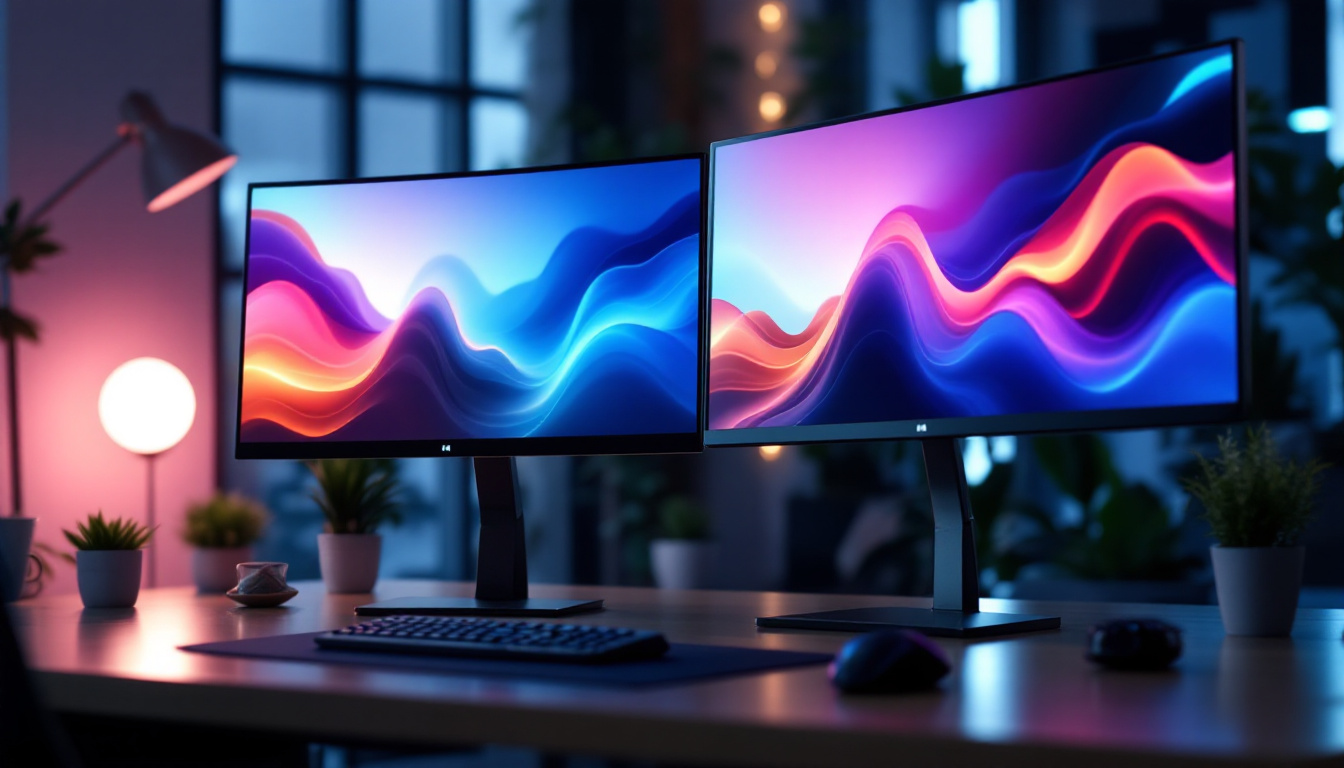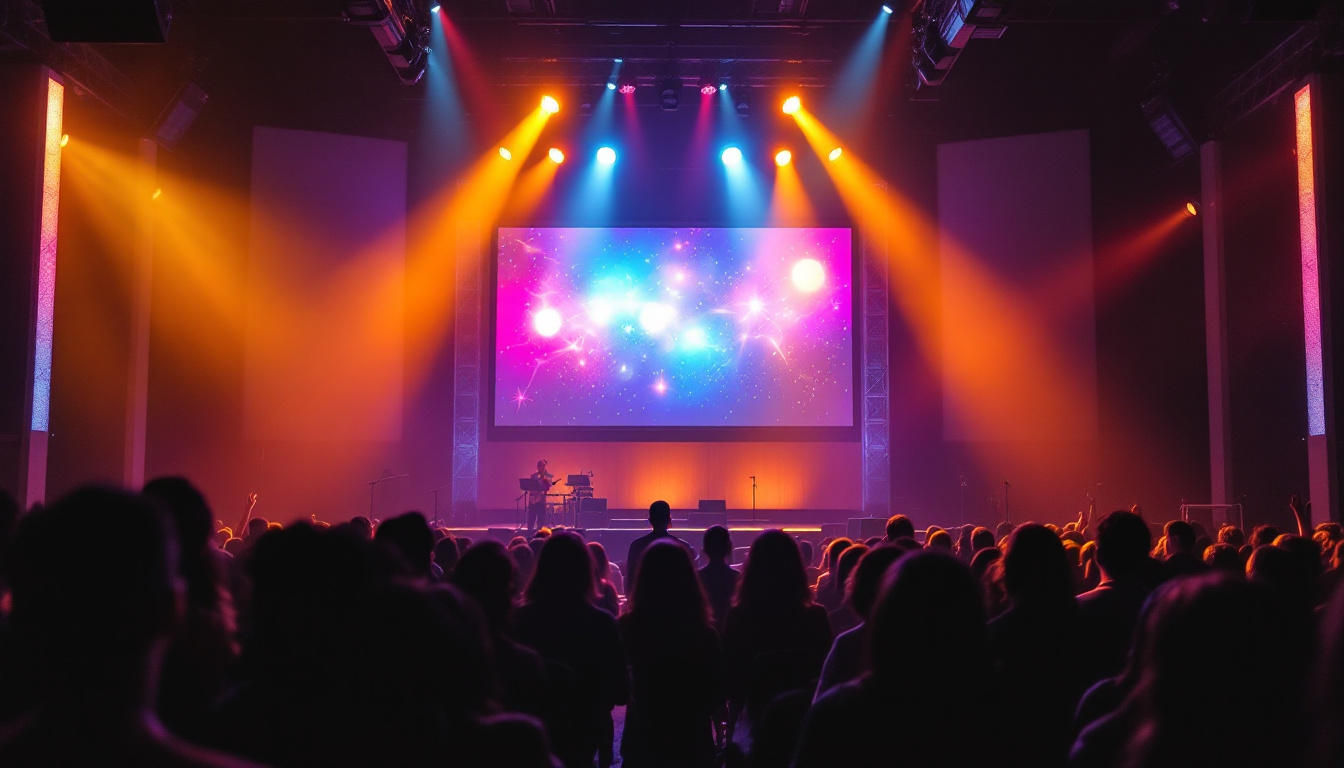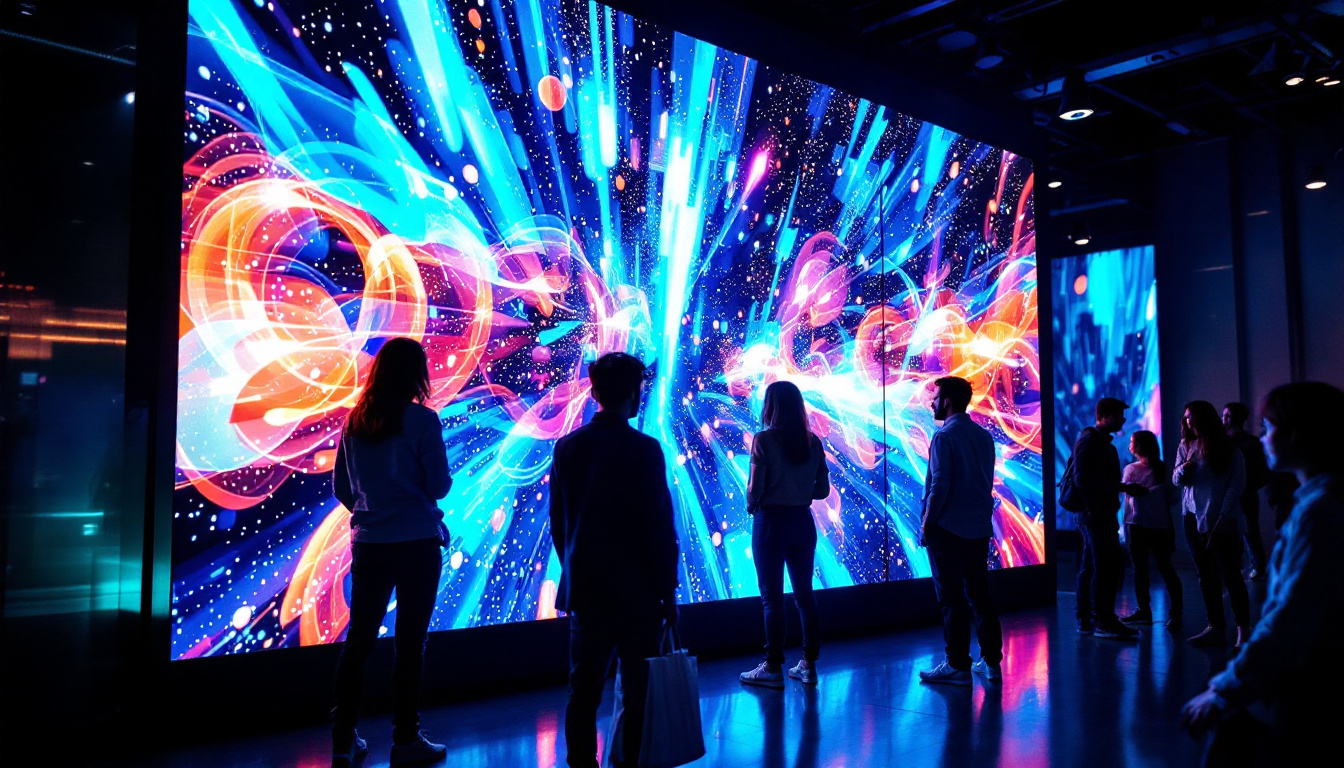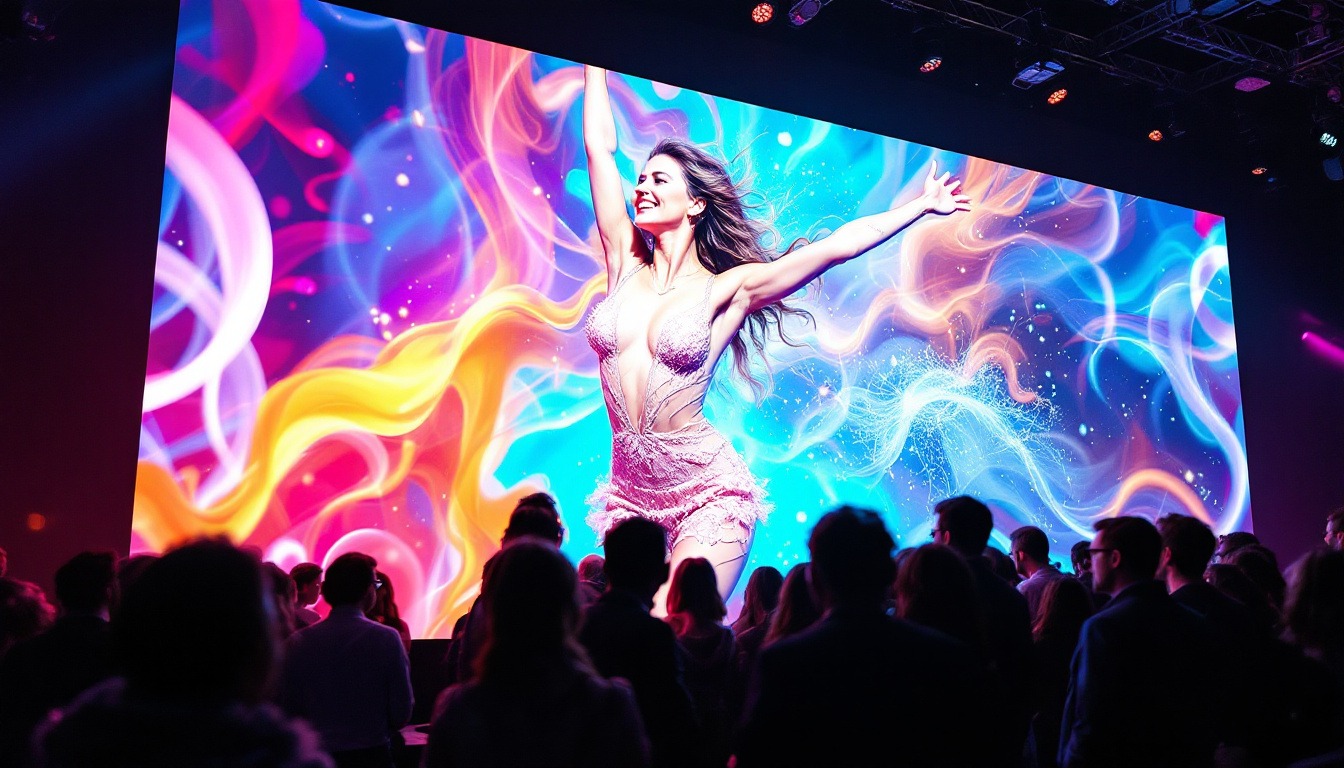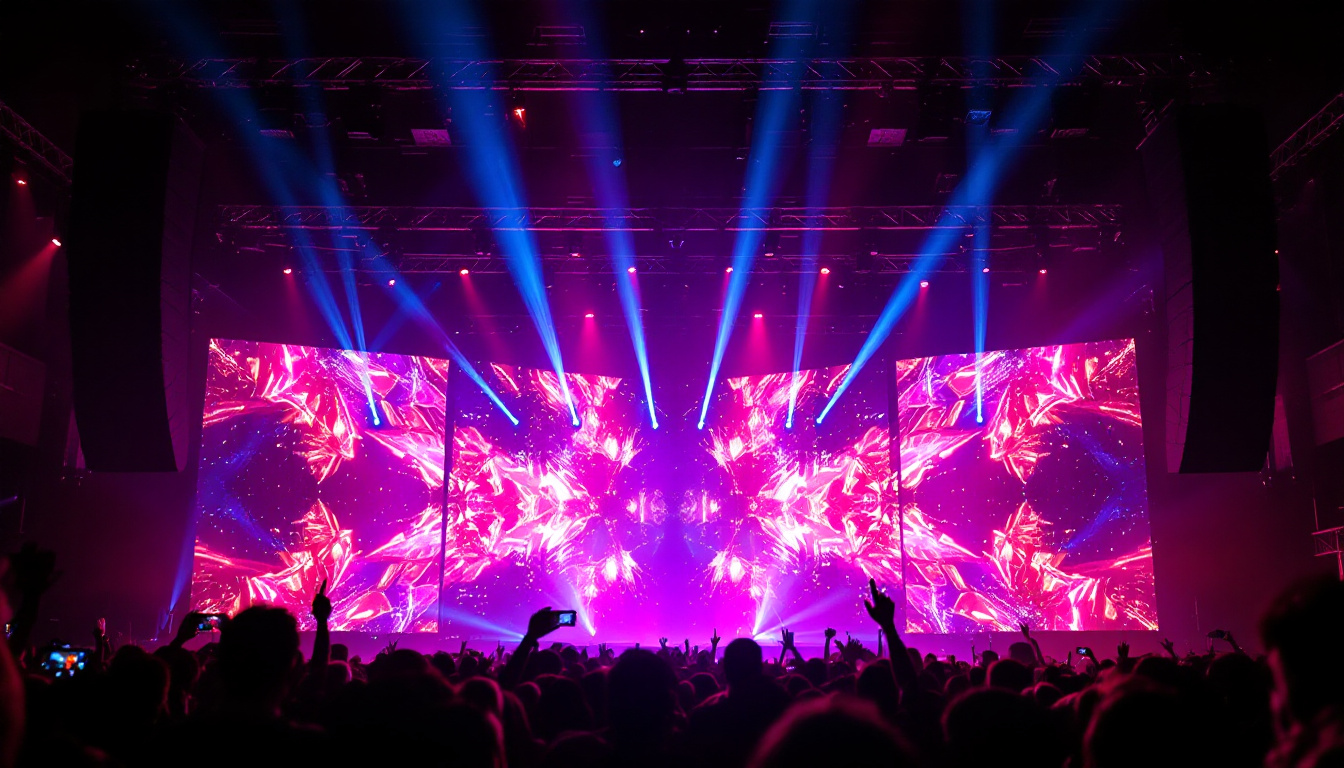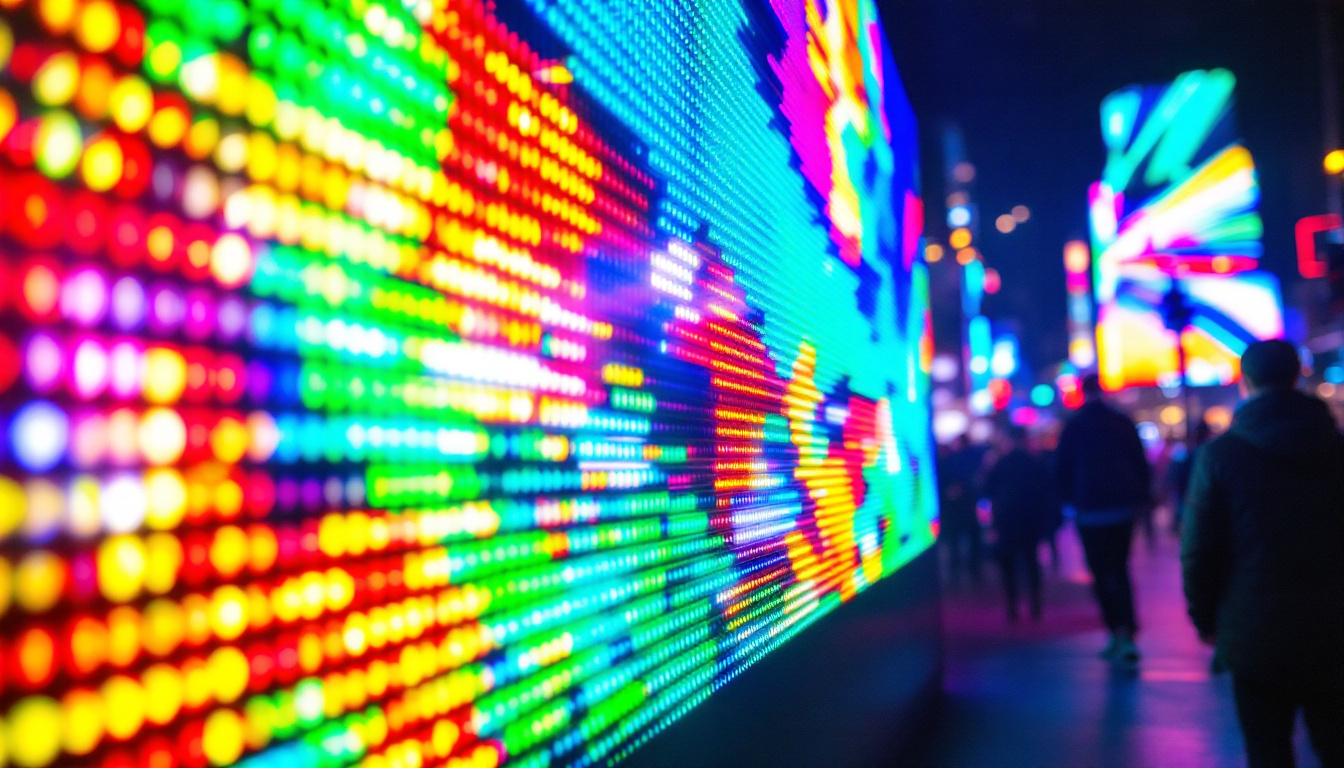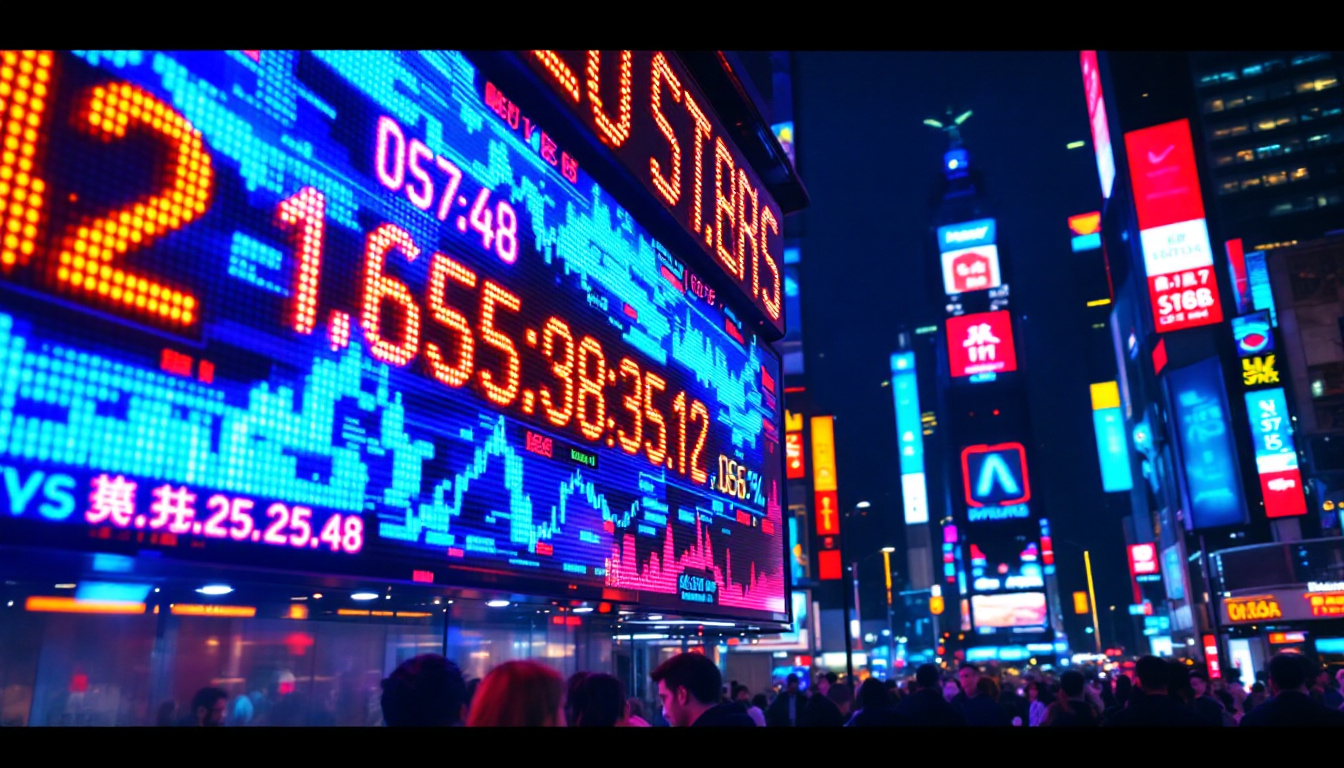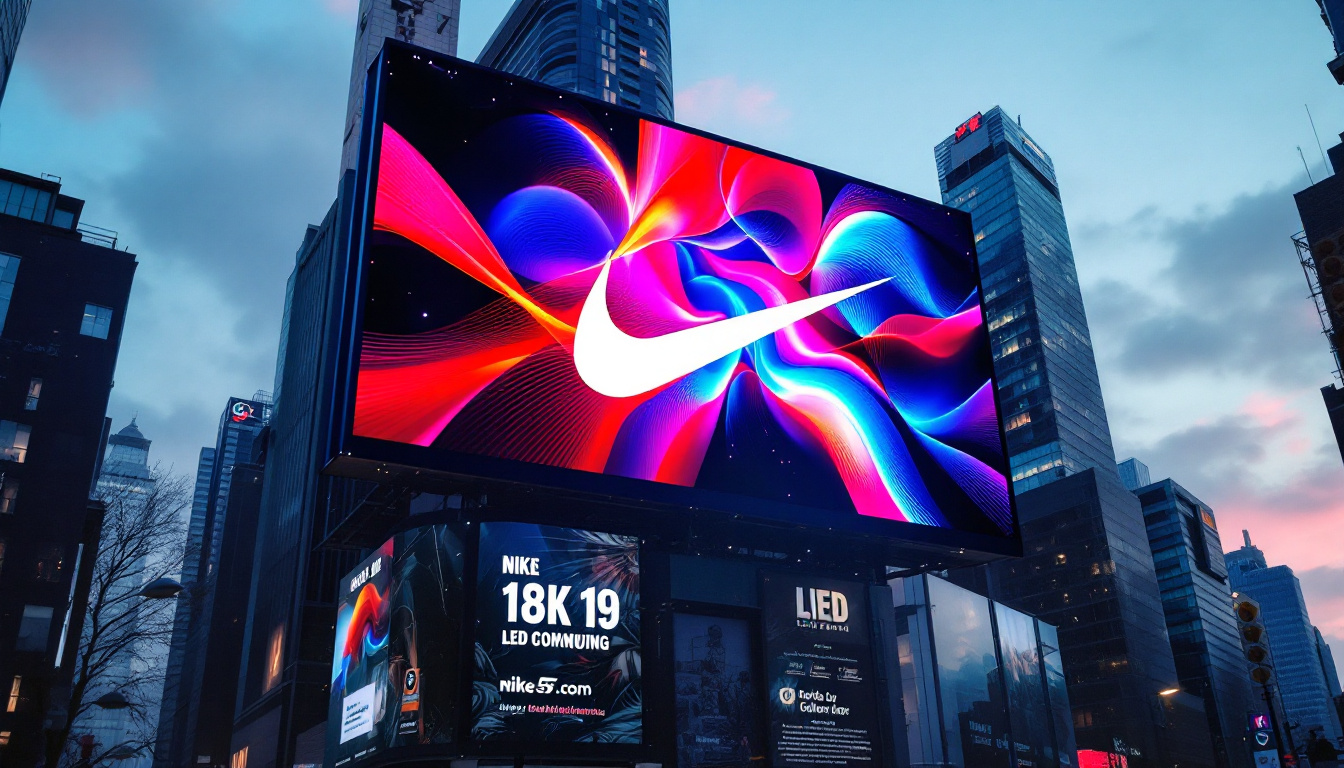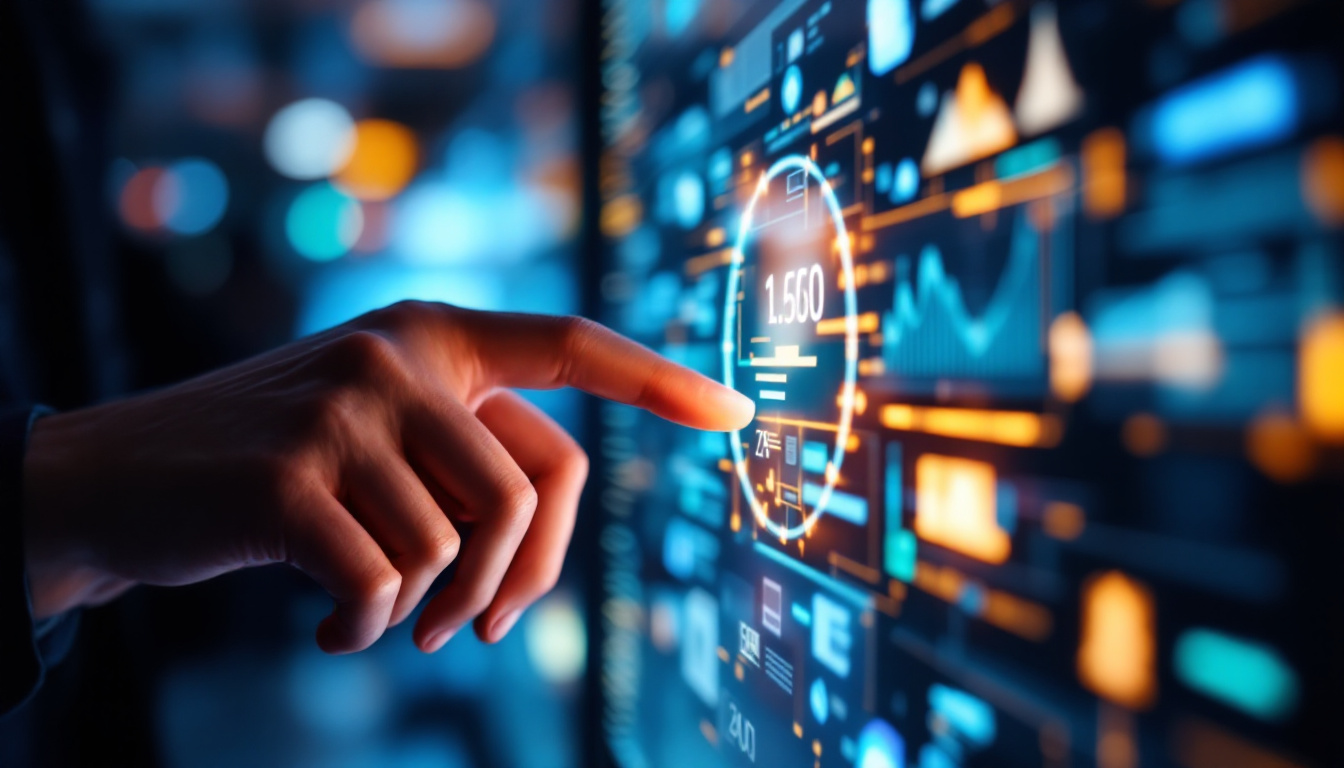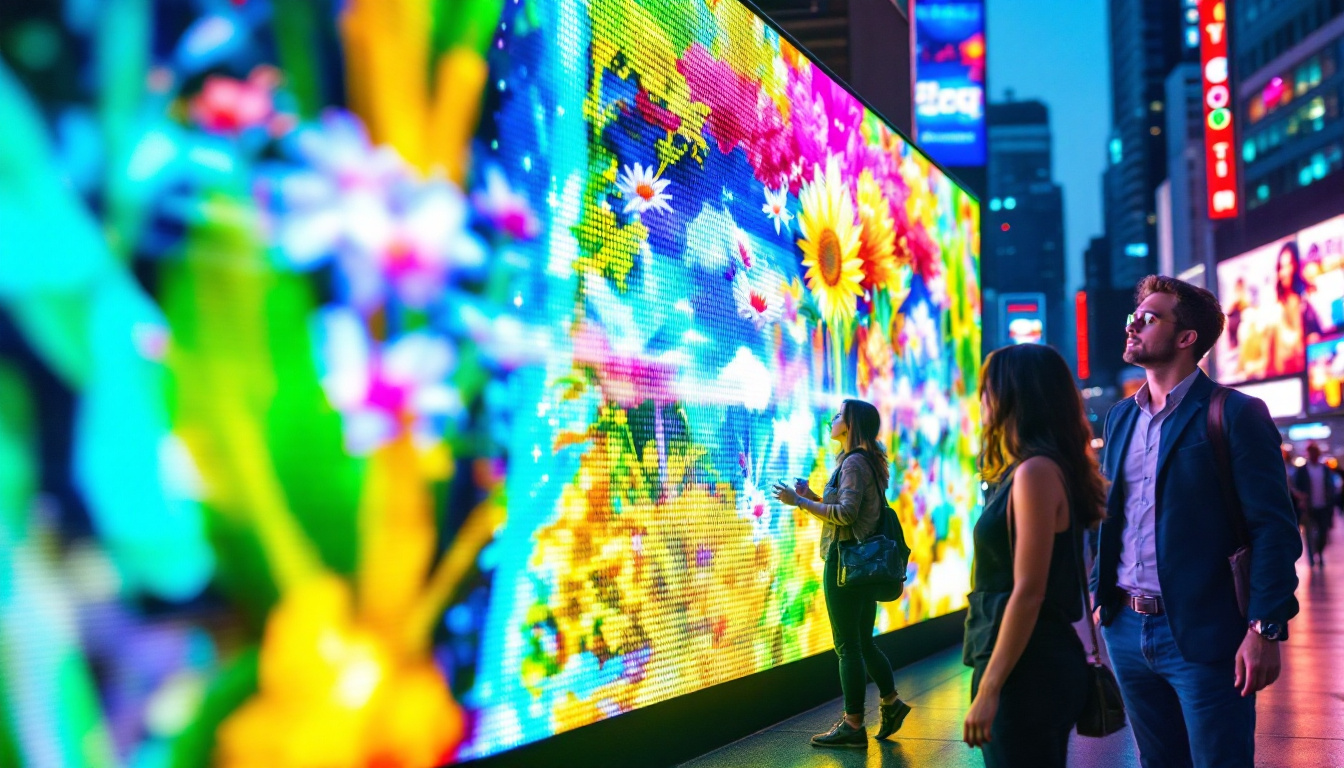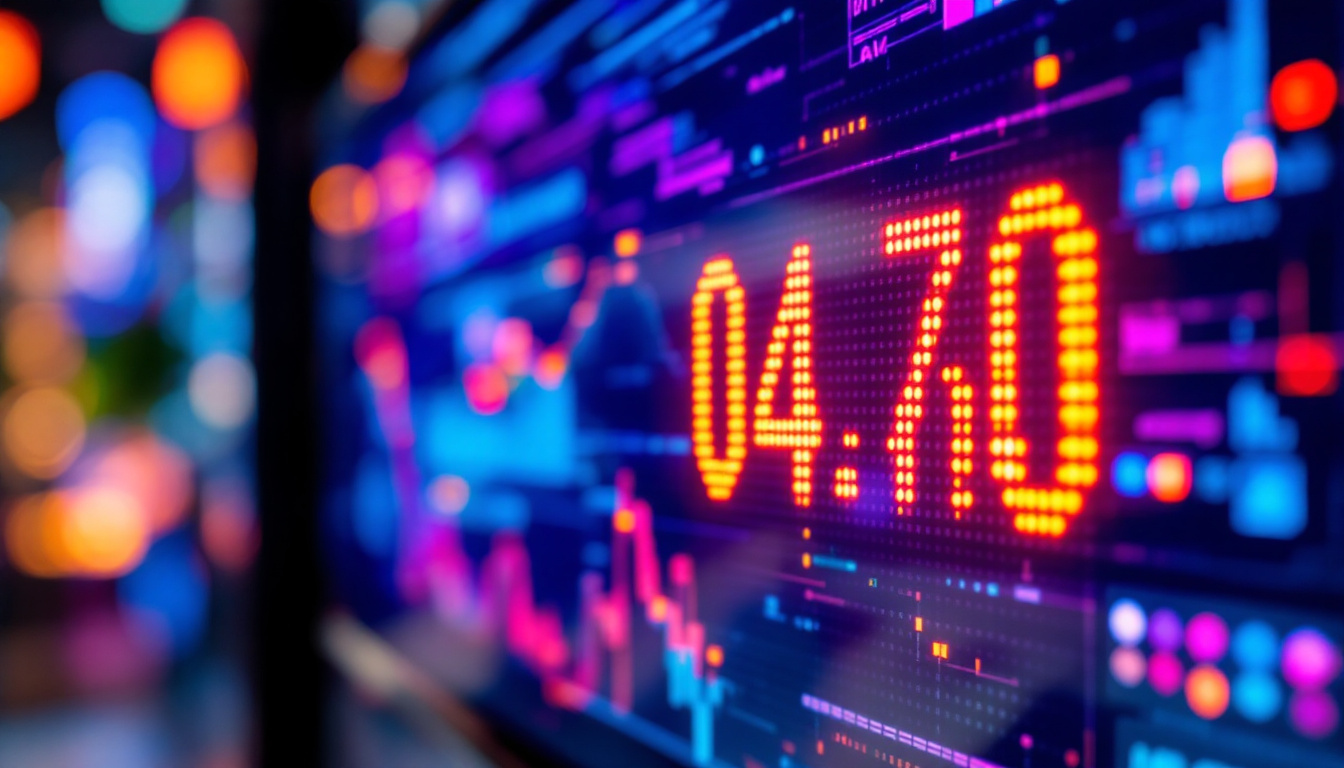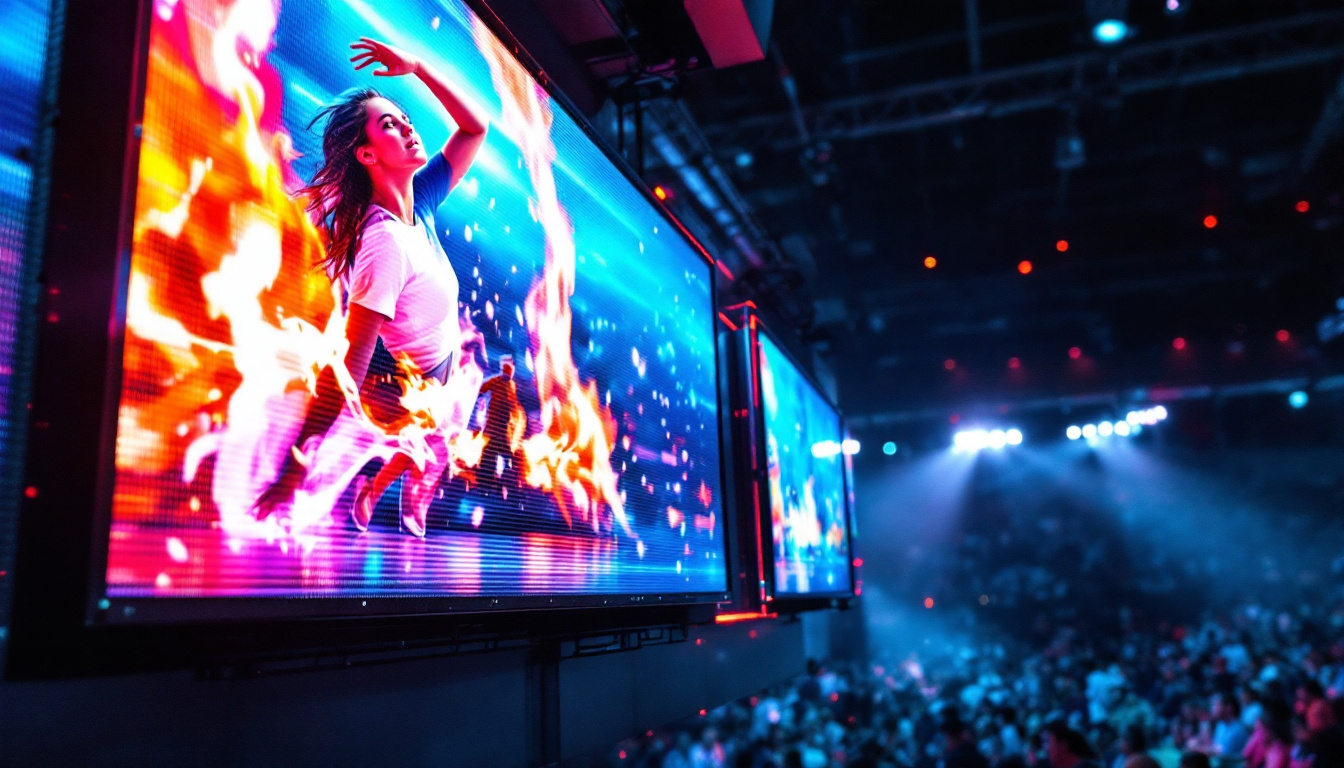In today’s fast-paced digital world, LED displays have become a cornerstone of modern communication and presentation. From corporate meetings to large-scale events, these vibrant screens are transforming how information is shared and consumed. This article delves into the intricacies of LED displays, exploring their technology, applications, and benefits.
Understanding LED Technology
Light Emitting Diodes (LEDs) are semiconductor devices that emit light when an electric current passes through them. This technology is the foundation of LED displays, which consist of numerous tiny LEDs arranged in a grid. The combination of red, green, and blue LEDs allows for a full spectrum of colors to be displayed, creating vivid and dynamic visuals. The energy efficiency of LEDs is one of their most appealing features, consuming significantly less power compared to traditional incandescent bulbs, which not only reduces electricity costs but also minimizes heat generation, making them safer and more sustainable.
The Basics of LED Display Construction
LED displays are constructed using multiple modules, each containing a matrix of LEDs. These modules can be assembled in various configurations to create screens of different sizes and shapes. The resolution of an LED display is determined by the pixel pitch, which is the distance between the centers of two adjacent pixels. A smaller pixel pitch results in higher resolution and sharper images, making it ideal for close viewing distances. Additionally, the modular design of LED displays allows for easy maintenance and scalability; if a module fails, it can be replaced without the need to dismantle the entire display, ensuring minimal downtime and cost-effectiveness.
Types of LED Displays
There are several types of LED displays, each suited for specific applications. The most common types include:
- Indoor LED Displays: These are designed for use in controlled environments such as conference rooms, retail spaces, and theaters. They typically have a finer pixel pitch for high-resolution images, making them perfect for showcasing detailed graphics and videos. Indoor LED displays often feature advanced technologies such as high dynamic range (HDR) and wide color gamut (WCG), enhancing the visual experience further.
- Outdoor LED Displays: Built to withstand the elements, outdoor displays are brighter and more durable. They are often used for billboards, stadiums, and public events. These displays are engineered to resist harsh weather conditions, including rain, snow, and extreme temperatures, while maintaining visibility even in direct sunlight. Many outdoor LED displays also incorporate technologies like automatic brightness adjustment to ensure optimal viewing experiences at all times of day.
- Transparent LED Displays: These innovative displays allow light to pass through, making them ideal for storefronts and creative installations where visibility is essential. Transparent LED displays can create striking visual effects without obstructing the view of the products behind them, merging digital content with real-world environments. Their unique design allows for interactive experiences, engaging customers in ways that traditional displays cannot.
Applications of LED Displays
LED displays have a wide range of applications across various industries. Their versatility and visual appeal make them an excellent choice for businesses looking to enhance communication and engagement.
Corporate Meetings and Events
In corporate settings, LED displays are increasingly used for presentations, video conferencing, and live events. The high brightness and clarity of these screens ensure that content is visible even in well-lit environments. Additionally, the ability to display dynamic content, such as videos and animations, helps to capture the audience’s attention and enhance the overall experience. Not only do these displays facilitate better communication, but they also foster collaboration among team members, as participants can share their screens and ideas in real-time, leading to more productive discussions. Furthermore, the integration of interactive features allows for audience participation, making meetings more engaging and effective.
Advertising and Marketing
Outdoor LED displays have revolutionized advertising. Their bright colors and moving images attract attention, making them effective for promoting products and services. Digital billboards can be easily updated with new content, allowing advertisers to respond quickly to market trends and consumer interests. This flexibility is a significant advantage over traditional static billboards. Moreover, LED displays can be strategically placed in high-traffic areas, ensuring maximum visibility and reach. With the incorporation of data analytics, advertisers can also tailor their messages based on audience demographics, optimizing their campaigns for better engagement and conversion rates. The ability to showcase multiple advertisements in a single display further enhances their utility, allowing brands to share space and costs while still making a significant impact.
Entertainment and Events
In the entertainment industry, LED displays are ubiquitous. Concerts, festivals, and sporting events often feature large LED screens that enhance the audience’s experience. These displays can show live feeds, graphics, and interactive content, creating an immersive atmosphere. Additionally, LED walls can be configured in creative shapes and sizes, adding a unique visual element to any event. Beyond just aesthetics, LED technology allows for real-time updates and instant replays, which are crucial during live sports events. Fans can enjoy a more engaging experience as they watch highlights or critical moments from different angles. The versatility of LED displays also extends to themed events, where customized visuals can be projected to match the event’s mood or branding, ensuring that every occasion leaves a lasting impression on attendees.
Benefits of Using LED Displays
The advantages of LED displays extend beyond their visual appeal. They offer numerous benefits that make them an attractive option for businesses and organizations.
Energy Efficiency
One of the most significant benefits of LED technology is its energy efficiency. LED displays consume significantly less power compared to traditional display technologies, such as LCD and projection systems. This not only reduces operational costs but also contributes to a smaller carbon footprint, making LED displays an environmentally friendly choice.
Longevity and Durability
LED displays are known for their longevity. With a lifespan of up to 100,000 hours, they outlast many other display technologies. This durability is particularly important for outdoor displays, which must withstand harsh weather conditions. The robust construction of LED displays ensures they can handle the rigors of constant use, making them a reliable investment.
High-Quality Visuals
LED displays are renowned for their exceptional image quality. They offer high brightness levels, vibrant colors, and excellent contrast ratios, ensuring that content is displayed clearly and attractively. This quality is especially important in environments where visual impact is crucial, such as retail spaces and event venues.
Challenges and Considerations
Despite their many advantages, LED displays are not without challenges. Understanding these challenges can help organizations make informed decisions when investing in this technology.
Initial Investment Costs
The initial cost of acquiring LED displays can be significant, particularly for high-resolution models. While the long-term savings on energy and maintenance can offset these costs, organizations must consider their budget and return on investment before making a purchase. It’s essential to evaluate the specific needs and expected usage to determine the most suitable display solution.
Installation and Maintenance
Installing LED displays can be complex, requiring professional expertise to ensure proper setup and calibration. Additionally, while LED displays are generally low-maintenance, they may require periodic servicing to keep them in optimal condition. Organizations should factor in these considerations when planning their display strategy.
Content Management
Effective content management is crucial for maximizing the impact of LED displays. Organizations must develop a strategy for creating and updating content regularly to keep it fresh and engaging. This may involve investing in content creation tools and training staff to manage the display effectively.
Future Trends in LED Display Technology
The LED display industry is continuously evolving, with new technologies and trends emerging regularly. Staying informed about these developments can help organizations leverage the latest advancements to enhance their communication strategies.
Advancements in MicroLED Technology
MicroLED technology represents a significant leap forward in display technology. These tiny LEDs can be used to create ultra-high-resolution displays with exceptional color accuracy and brightness. MicroLED displays are expected to become more prevalent in various applications, from consumer electronics to large-scale installations.
Integration with Smart Technology
As smart technology becomes increasingly integrated into everyday life, LED displays are also evolving. The ability to connect displays to the Internet of Things (IoT) allows for real-time content updates and interactive features. This integration can enhance user engagement and provide valuable data insights for businesses.
Increased Focus on Sustainability
With growing awareness of environmental issues, the demand for sustainable technology is on the rise. LED displays are already more energy-efficient than traditional options, but manufacturers are exploring ways to further reduce their environmental impact. This includes using recyclable materials and developing more energy-efficient production processes.
Conclusion
LED displays have transformed the way information is communicated across various sectors. Their vibrant visuals, energy efficiency, and durability make them an ideal choice for corporate meetings, advertising, and entertainment. While there are challenges to consider, the benefits of LED technology far outweigh the drawbacks. As the industry continues to evolve, organizations that embrace this technology will be well-positioned to engage their audiences effectively and sustainably.
In summary, understanding the intricacies of LED displays is essential for anyone looking to leverage this powerful tool in their communication strategy. Whether for enhancing presentations, advertising products, or creating memorable experiences at events, LED displays are set to play a pivotal role in the future of visual communication.
Discover LumenMatrix LED Display Solutions
Ready to elevate your visual communication and create unforgettable experiences? LumenMatrix is at the forefront of LED display innovation, offering a diverse range of solutions tailored to your needs. From Indoor and Outdoor LED Walls to specialized displays for vehicles, sports, and even customizable options, we have the technology to bring your vision to life. Embrace the future with our cutting-edge LED displays and transform how you connect with your audience. Check out LumenMatrix LED Display Solutions today and step into a world of vibrant visuals and unparalleled clarity.





